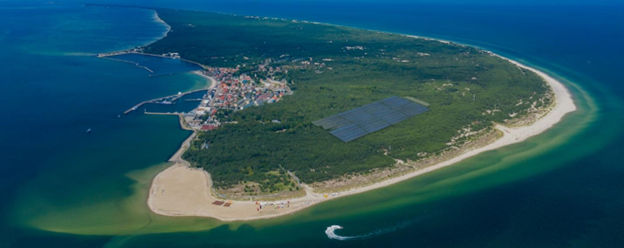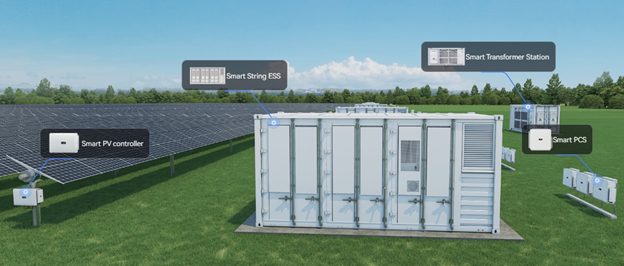Understanding the Technology Behind Micro Solar Systems
Micro solar systems, small-scale solar installations, serve individual homes or small businesses. They contrast with large-scale solar projects by focusing on localized, personal energy production. This technology harnesses solar power to meet the specific energy needs of a single structure or a small community, emphasizing self-sufficiency and renewable energy use.
The Growth and Transformation of Micro Solar Power
The history of micro solar systems is a testament to human ingenuity and the quest for sustainable energy solutions. Initially, these systems were limited in scope and efficiency, used primarily in remote areas without access to the traditional power grid. Over the years, advancements in materials science, electronics, and energy storage have dramatically transformed these systems. Today, they are not only more affordable and efficient but also a viable alternative for mainstream energy consumption.

Crafting Designs and Executing Installations
System Planning and Sizing Strategies
Effective planning and sizing of micro solar systems are pivotal in harnessing the maximum potential of solar energy. This process involves a meticulous assessment of the energy requirements of a household or business, taking into account daily energy usage patterns. Geographical factors like latitude, climate, and the average number of sunlight hours also play a critical role. The goal is to balance energy needs with system capabilities, ensuring an efficient and cost-effective setup.
Installation Process and Considerations
The installation of micro solar systems is a complex task that requires careful consideration of several factors. Key among these is the placement and orientation of solar panels, which must be optimized for maximum sun exposure throughout the year. Additionally, installers must navigate local building codes and regulations, ensuring that the system meets all legal requirements. The installation process also encompasses the setup of inverters and battery systems, ensuring a seamless integration of all components for optimal performance.

Looking Ahead: Future Opportunities for Micro Solar Technology
The future of micro solar technology is bright, with continuous research and development paving the way for more efficient, cost-effective systems. Emerging technologies, such as perovskite solar cells and improved battery storage solutions, promise to enhance the performance and accessibility of micro solar systems further. The integration of these systems with smart grids and the Internet of Things (IoT) is also an exciting development, offering greater control and optimization of energy use. As technology advances, the applications of micro solar systems are expanding beyond residential and small business use. Innovative uses in community projects, portable solar solutions, and integration with other renewable energy sources are opening new avenues for sustainable energy production.
Effective Maintenance and Monitoring Practices
Regular maintenance is vital to ensure the longevity and efficiency of micro solar systems. This includes periodic cleaning of solar panels to remove dust and debris, inspection of all electrical connections for signs of wear or corrosion, and the testing of system components like inverters and batteries. Preventative maintenance not only prolongs the life of the system but also ensures it operates at peak efficiency. The integration of digital monitoring tools has revolutionized the management of micro solar systems. Modern systems often come equipped with software and apps that allow users to monitor energy production and consumption in real-time. These tools provide valuable insights into system performance, help in identifying issues early, and support effective energy management strategies.
Conclusion
The technical knowledge surrounding micro solar systems is not just about understanding how they work; it's about appreciating their role in a sustainable future. As we continue to witness technological advancements, the importance of these systems in our transition to a cleaner, more sustainable world becomes increasingly evident. Micro solar technology, with its potential for environmental impact and contribution to sustainable development, stands as a beacon of hope in our collective effort to combat climate change.
